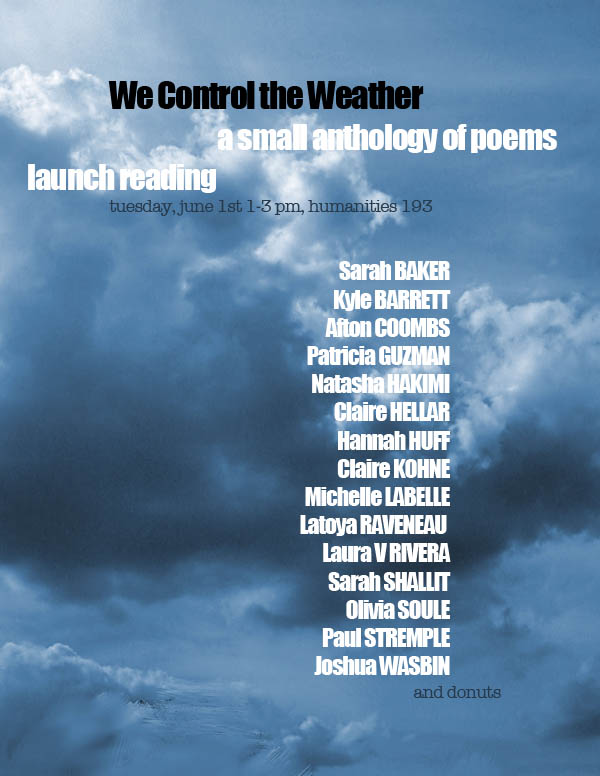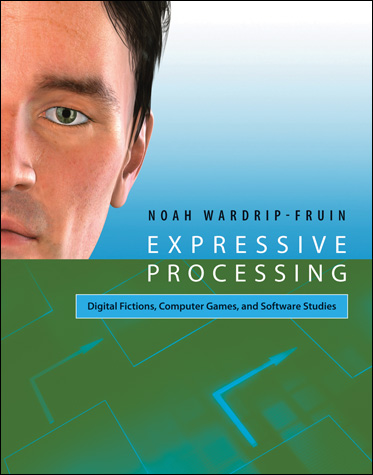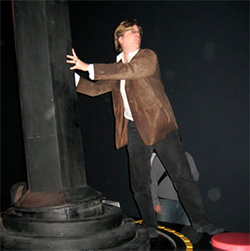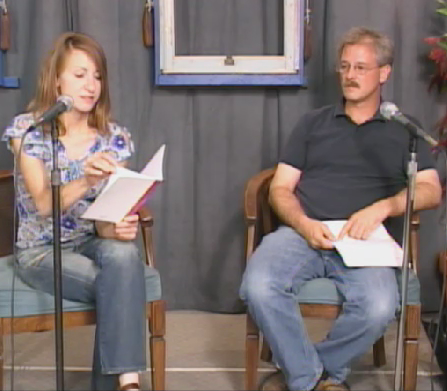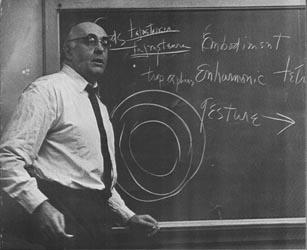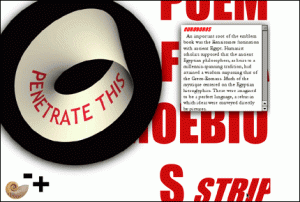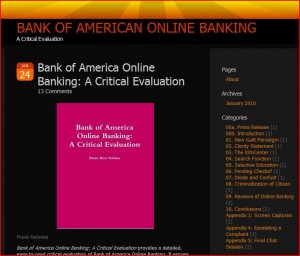Mon 5 Jul 2010
You are invited to a Beyond Baroque reading on July 30th at 7:30 pm with Factory School Books poets including:
Diane Ward, Deborah Meadows, Kathyrn Pringle, Sarah Menefee, Allison Cobb, Brian Kim Stefans, Sueyeun Juliette Lee, and Catherine Daly.
The doors open for a reception and to the book store at 6 pm.
Beyond Baroque is located:
681 Venice Blvd.
Venice, CA 90291
Deborah Meadows teaches in the Liberal Studies department at California State Polytechnic University, Pomona. Her sixth collection of poetry is from Factory School, Depleted Burden Down. Other recent titles include How, the means (Mindmade, 2010) and Goodbye Tissues (Shearsman Press, 2009).
Diane Ward was born in Washington, DC and currently lives in Santa Monica, California. She attended the Corcoran School of Art in Washington, DC and is studying Geography and Urban Studies at University of California, Los Angeles. She has published eleven books of poetry including, most recently, a collaboration with Tina Darragh and Jane Sprague at #8 in the Belladonna Elders series,2009, No List (no list) from Seeing Eye Books, Los Angeles, 2008, Flim-Yoked Scrim, Factory School, 2006, and When You Awake, New York: Portable Press at Yo-Yo Labs. Several of her poems have been set to music by the Los Angeles composer Michael Webster, including “Fade on Family†which was performed in 2005 as part of The Society for the Activation of Social Space through Art and Sound series at the Schindler House in West Hollywood. “InHouse,†a constructed poem, is forthcoming as part of Kindergarde, the First Avant Garde Anthology for Children.
Catherine Daly‘s book Chanteuse / Cantatrice was published in the Heretical Texts series in 2007. It is a book about collaboration and complicity during World War II and now; it can be read from the bottom of the page to the top and normally.
Allison Cobb is the author of Born2 (Chax Press) and Green-Wood (Factory School). She was born in Los Alamos, New Mexico, as were the first atomic bombs, and she now lives in Portland, Oregon.
Sarah Menefee is a San Francisco poet whose latest books are Human Star [Factory School] and In Your Fish Helmet [Transmission Press].
kathryn l. pringle has written RIGHT NEW BIOLOGY (Factory School), The Stills (Duration Press), and Temper and Felicity are lovers. (TAXT). she lives in Oakland, Ca.
Brian Kim Stefans lives in Los Angeles, California, and teaches digital media and literature at UCLA. His latest books are What is Said to the Poet Concerning Flowers (2006) and Kluge: A Meditation, and other works (2007). In manuscript is a short collected titled Viva Miscegenation. His digital text works and other art projects can be seen at www.arras.net.
Sueyeun Juliette Lee grew up 3 miles from the CIA. Her two books of poems include That Gorgeous Feeling (2007) and Underground National (2010). Juliette also edits Corollary Press (www.corollarypress.org), a chapbook series devoted to new work by writers of color.
